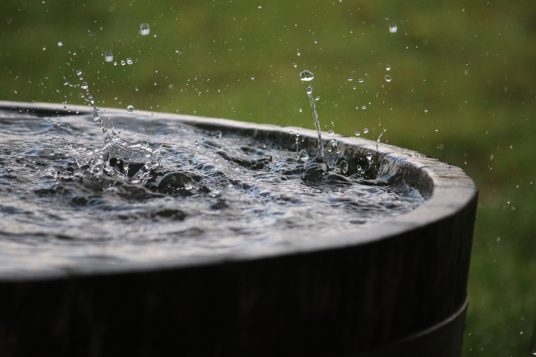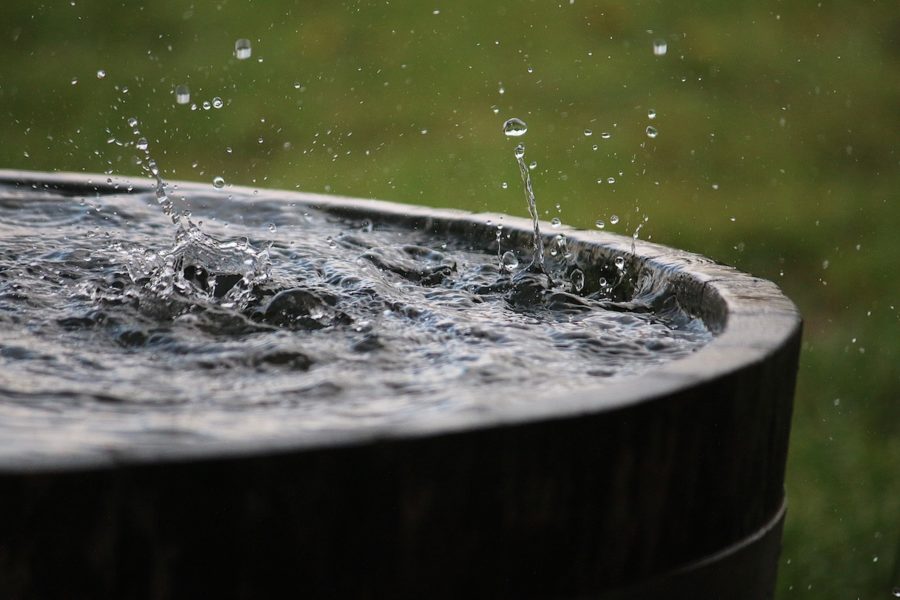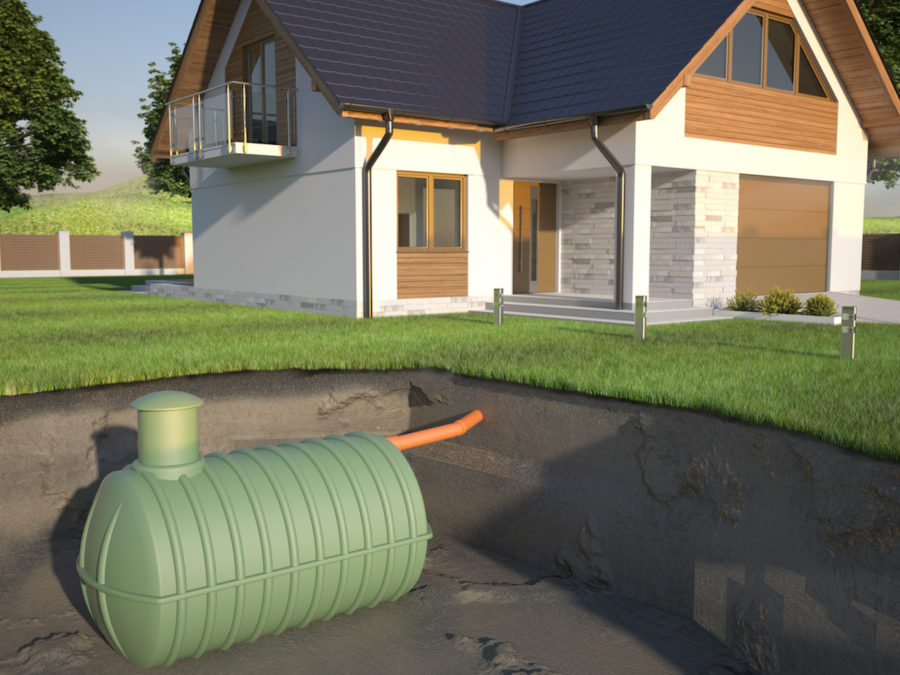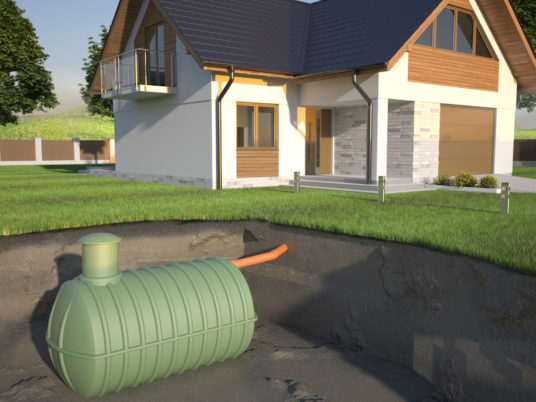Besides helping to dramatically reduce your water bills, rainwater tanks are eco-friendly and promote sustainability. These tanks augment your water supply for free, making you less reliant on metered and expensive main water lines.
With water tanks, collecting and gathering rainwater that may be used for laundry, flushing toilets, and washing the car, among other uses, is easy. In some remote areas with water shortages, people even drink water stored from the tank.
Want to buy a water tank, but don’t know where or how to start? This article has rounded up tips to help you out in your search for the best water tank, lie the for your needs.
- Determine available space
Aside from proper location, the available space in your yard will largely influence your tank choices. Rightly so because unless you have acres upon acres of free outdoor space, your choice of rainwater tank will be restricted by the available space in your yard.
Depending on the space in your yard and your house’s overall design and layout, a rainwater tank may need to be installed aboveground, especially if you’re not using a pump with it, or underground. In some instances, instead of placing it close to your home, you may need to consider installing the tank close to a shed or elsewhere.
- Consider your water usage
Water usage is another important consideration when deciding on the water tank’s size that’s ideal for your needs. Check your water bill for consumption patterns and look closely at how you use water on a daily basis. There are several factors being considered to determine how much ideal water consumption is needed per household on a daily basis, and the figures range from at least 100 gallons (est. 378 liters) to 300 gallons (1136 liters). The World Health Organization further stipulates that in water-strapped locations, a person should have access to at least 20 liters for consumption and sanitation.
To help you find the right water tank for your household, it pays to be informed through reliable sources, like this website.
- Choose a proper location
This is the most important factor to consider even before choosing the size, type, and shape of the rainwater tank. Ideally, the tank should be placed as close to your house as possible, as the tank collects mainly rainwater runoffs from the roof. If you’re considering to place the tank farther, you may need some more complex and, therefore, costly plumbing works. If you’re planning to add a pump, you would need to have access to power, too.
It’s likewise important to have easy access to your tank, not only in getting water, but also in cleaning or getting rid of external debris and for occasional tank cleaning. Look for a shady place to install your water tank to avoid possible bacterial growth and slow down the rate of evaporation. Have you seen the water tanks towering over New York’s skyline? Apparently, these tanks may be filled with dangerous water-borne microorganisms.
- Know the appropriate materials for specific sites
Here are the basic materials used in water tanks and their ideal uses:
- Polyethylene tanks – They’re more commonly called plastic tanks or ‘poly.’ This type is more resilient against saltwater; but, being plastic, these tanks can get damaged once a sharp object accidentally punctures them.
- Galvanized steel tanks – They look like colored metal sheets and feature waterproof coating on the inside to prevent corrosion. These types last for a long time, as long as the rainwater store in it is not too corrosive.
- Stainless steel tanks – They’re made from corrugated stainless steel and are typically more expensive than the other types. They are, however, the easiest type to repair.
- Concrete tanks – They’re typically durable, but may be difficult to repair once damaged. In order for a concrete tank to release potable grade water, it should have a lining of some sort to prevent potential algae formation.
- Fiberglass tanks – They’re sturdy, as well as impact- and corrosion-resistant. However, they’re made up of dangerous chemical additives that may be released in the water, that’s why without a lining, drinking water from a fiberglass tank is discouraged.
Final Words
Armed with the aforementioned tips, you’ll surely end up choosing the best rainwater tank for your needs. Remember to never purchase one without equipping yourself first with the right knowledge. Make sure to invest in the right water tank by making an informed decision.








Comments are closed